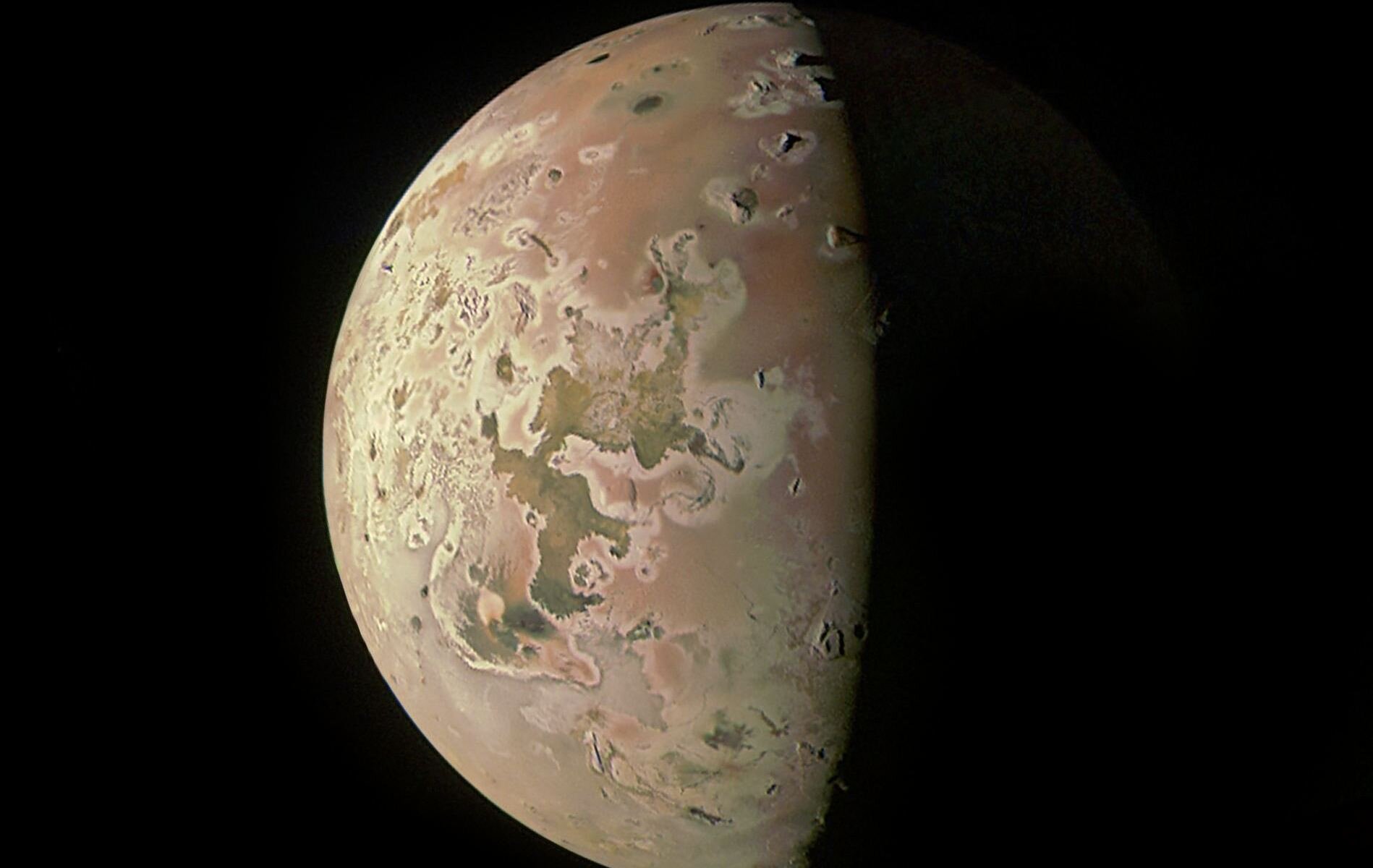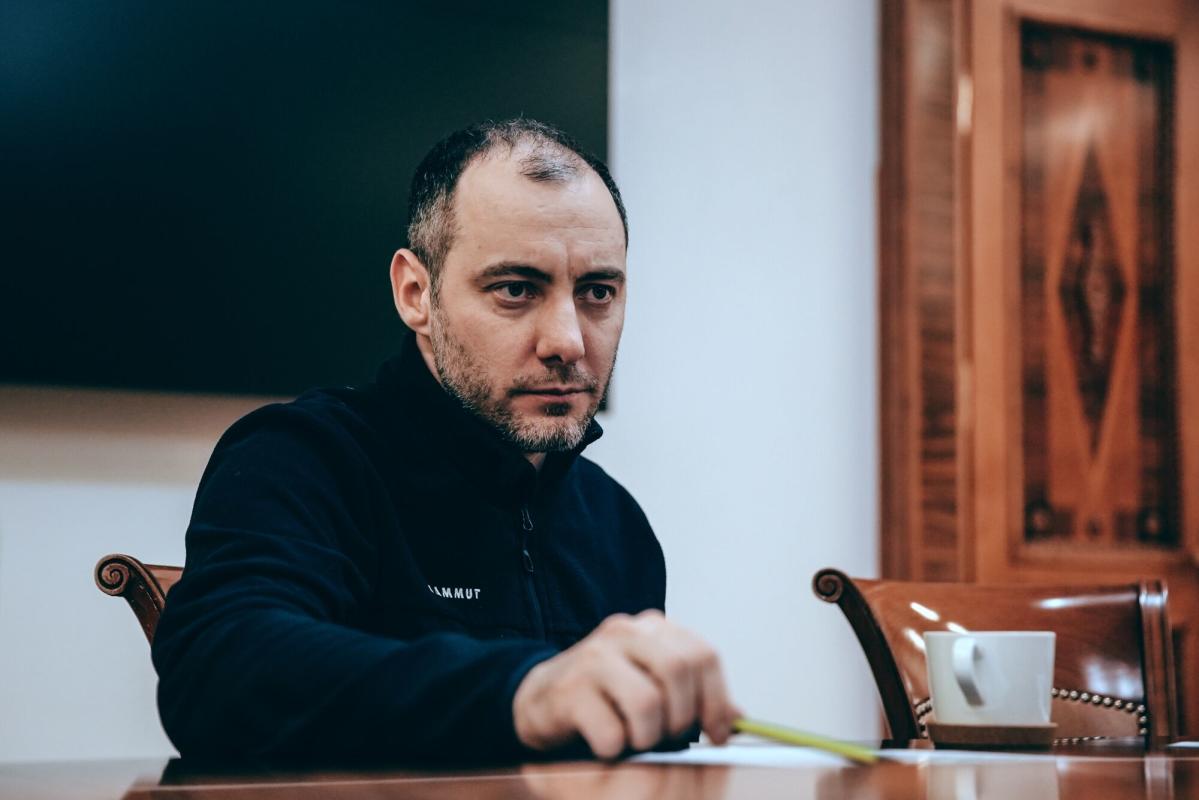× close
Jupiter’s ocean moons capture most of our attention because of their potential habitability. But Io, Jupiter’s bad-boy volcanic moon, is in a class of its own. There’s nothing else like it in the solar system, and NASA’s Juno spacecraft captured new images of the volcanic satellite during its closest approach yet.
Io is Jupiter’s third-largest moon and the solar system’s fourth largest moon. It’s also larger than our moon. It has the highest density and the strongest gravity of any moon. Io also has the least amount of water of any astronomical object in the solar system.
Those characteristics alone make it interesting. But what really garners Io so much attention, and led Juno to study it more closely, is its volcanic activity. It’s the most geologically-active body in the solar system and boasts over 400 volcanoes, along with widespread lava flows.
Juno’s JunoCam instrument captured new images of Io from its closest approach yet on October 15th, from less than 12,000 km away. Now, citizen scientists have processed these images and shared them with the rest of us. The result is the best images of Io we’ve seen since the Galileo mission ended 20 years ago.
We have NASA’s foresight to thank for these images. When they were planning the Juno mission, they found room for JunoCam. JunoCam is primarily a public engagement instrument, though it does help provide context for the spacecraft’s more rigorous science instruments. The camera was intended to capture images for citizen scientists and other skilled—or amateur—image processors to have fun with.
It’s working as intended.
Io’s widespread volcanic activity have shaped and reshaped its surface. The surface is restless, inhospitable, even tortured. The lava flows and volcanoes make it appear like a throwback to the solar system’s early days, when Earth and possibly the moon and other bodies were magma oceans. And with it’s sulfur-covered plains, comparisons with Hell are unavoidable.
Spacecraft have captured several of Io’s eruptions over the years, and their scale is truly awesome. Some of them reach 400 km (250 miles) high.
Juno’s not finished with Io yet. It’s getting progressively closer to the volcanic moon. During Perijoves 57 and 58, on December 3rd and February 24th respectively, it’ll perform two more Io flybys, each one closer than the last.
February 24th’s flyby should be spectacular. It’ll come to within 1500 km (930 miles) of the moon, giving us our most detailed images yet. Though Juno’s main job is to study Jupiter, this close approach to Io should be one of the mission’s highlights.
You could circle the date on your calendar, but that’s probably not necessary. It’ll be difficult to go on the web without seeing the images.

Dr. Sarah Adams is a scientist and science communicator who makes complex topics accessible to all. Her articles explore breakthroughs in various scientific disciplines, from space exploration to cutting-edge research.








